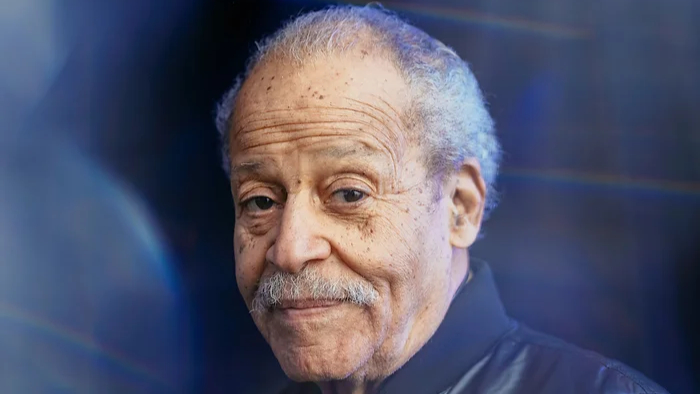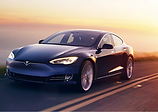There was once a time when Ed Dwight would have been the first Black astronaut in space.
But he never made it. But now, at 90, he will finally get that chance thanks to Blue Origin’s upcoming mission into Earth’s atmosphere, according to CBS News.
Back in the day, in 1961, Dwight was selected by President John F. Kennedy to enter an Air Force training program, which was known as the Path to NASA’s Astronaut Corps.
And when he got the offer, he said he thought the folks offering him the opportunity were crazy.
Although he participated in the program in 1963 and was recommended to join the corps, he wasn’t chosen and entered private life in 1966.
Dwight said there was discrimination along the way.
“So, all these White folks that I’m dealing with, I mean, my peers, the other guys that were astronaut candidates and the leadership was just horrified at the idea of my coming down to Edwards and the president appointing me to the position,” Dwight said in the CBS News interview.
Unfortunately, his dream fell through for more than 60 years. Still, he’s been chosen as one of the six civilians to journey to space on the next Blue Origin flight in June.
What’s also interesting about this is Blue Origin is a space exploration company founded by Jeff Bezos. It has sent 22 successful commercial flights into the atmosphere, with some famous passengers flying including Bezos himself, Michael Strahan and William Shatner.
Amid the first commercial flight, aviation pioneer Wally Funk was the oldest person to travel into space at 82. At 90, Shatner took that accomplishment as the oldest.
But now, Dwight plans to have him tied.
Well before all of this, Dwight dedicated his life to creating sculptures that depict historical figures in Black history. In fact, more than 130 pieces of his work have been showcased in museums and installed in public spaces.
Fast forward, and his seat on the Blue Origin flight is sponsored by the nonprofit Space for Humanity, and it costs a whopping $250,000.
Despite the high cost, Dwight is well on his way to his first encounter in space.
Photo Credit: National Geographic



